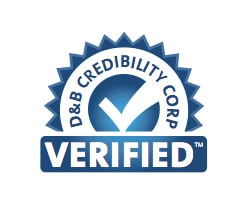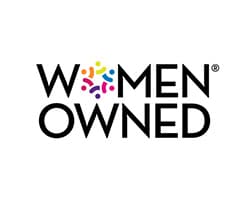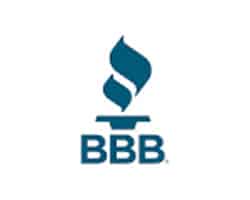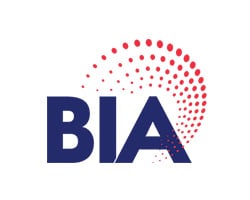The problem isn’t your product—it’s the message drift.
Your brand had a clear voice when it launched. But as campaigns evolve, platforms multiply, and teams grow, that once-focused message can begin to blur. Suddenly, your value prop sounds different on your website than it does in sales decks.
That’s message drift—and it’s quietly costing you leads, clarity, and trust.
Discussions within the advertising industry highlight the urgency of this issue. Many leaders are now recognizing the need for industry-wide standards to address content authenticity and to ensure trust between brands and their audiences.
What Is Message Drift?
Message drift happens when your brand voice, positioning, or tone becomes inconsistent across platforms, departments, or content formats. It’s rarely intentional, but it’s noticeable—and it chips away at brand credibility over time.
It shows up in ways prospects feel more than see: inconsistent terminology in your content, different value props on landing pages, or awkward transitions between campaigns and your website. And in B2B—where deals are complex and trust is earned—any friction makes it easier for prospective clients to say no.
Common signs include:
- Mixed messages between sales and marketing
- Campaigns that feel generic or disjointed
- Internal confusion about how to describe the brand
- Tone shifts across regions or platforms
According to Forbes, one of the most effective ways to build buyer trust is to deliver clear, consistent messaging across every channel—backed by expertise, not just volume. Message drift undermines that foundation, weakening your position before a prospect even talks to sales.
Why It Happens
Even brands with strong foundations can fall into this trap. The root causes usually include:
- Rapid team expansion without clear onboarding
- Multiple contributors and content teams
- Changing priorities without messaging updates
- Too many platforms and not enough governance
Sound familiar? We see this often in brands scaling fast or managing cross-departmental content. This fragmentation isn’t just internal—it reflects a broader industry challenge. According to Gartner, nearly two-thirds of marketers struggle to consistently deliver personalized customer experiences, due to platform proliferation, fragmented privacy regulations, shifting buyer expectations, and rising pressure to show ROI fast.
When your team is stretched thin and reacting instead of planning, it’s easy for your brand voice to lose consistency—and for prospects to tune out. If you’re seeing high bounce rates on your homepage, low content engagement, or sales cycles that stall after initial outreach—drift could be the hidden culprit. It’s not always about more traffic. Sometimes it’s about sharper, more aligned messaging.
At a Glance
B2B buyers are already overloaded. If your message isn’t clear, consistent, and confident—they move on. According to Salesforce, 79% of business buyers expect consistent interactions across departments, but 55% feel this isn’t the case. Inconsistency not only hurts trust—it slows down execution and dilutes campaign impact.
How to Fix It: 4 Strategies to Realign Your Messaging
1. Build a Central Messaging Framework
This is your brand’s north star. Include your positioning statement, tone of voice, key messages by audience, and use cases. Keep it updated and accessible. If you don’t have one, our Messaging Strategy Services are a great place to start.
Clients often come to us with a brand guide but no practical messaging framework. We bridge the gap—so internal teams stop guessing and start speaking the same language.
2. Align Cross-Functional Teams
Your sales, marketing, product, and leadership teams should all speak the same language. Consider hosting quarterly messaging syncs to keep everyone grounded in the same narrative.
We recommend facilitated messaging alignment workshops at least twice a year—especially during product launches or leadership transitions. We can help you define who owns what, when, and where messaging lives.
3. Create Modular Messaging Assets
Help teams apply your message consistently by breaking it into building blocks—taglines, elevator pitches, email starters, and proof points. Modular assets minimize “interpretation” and reduce message drift.
Whether it’s BDR email snippets, internal Slack pitch decks, or paid ad copy, we can help you standardize your strongest message so it scales—without dilution.
4. Audit Your Messaging Regularly
Make messaging reviews part of your marketing hygiene. Revisit your positioning and storytelling every 6–12 months. Run a content audit to ensure everything from your homepage to your proposals still reflects your core message.
Start by reviewing your top 10 traffic-driving pages and most used sales decks. If the language doesn’t match your positioning framework—or if you don’t even have one—we should talk.
Message Drift Is a Signal—Not a Setback
If your brand message feels misaligned, it’s not a failure. It’s a sign it’s time to regroup. Clarifying your message isn’t just about better marketing—it’s about enabling your team, strengthening buyer confidence, and setting your brand up for long-term success.
Keep Your Messaging on Track
At Millennium Agency, we help B2B brands cut through the noise with strategy-led messaging that’s clear, consistent, and conversion-ready. From core framework development to content audits and team alignment—we help you stop message drift before it starts.


























